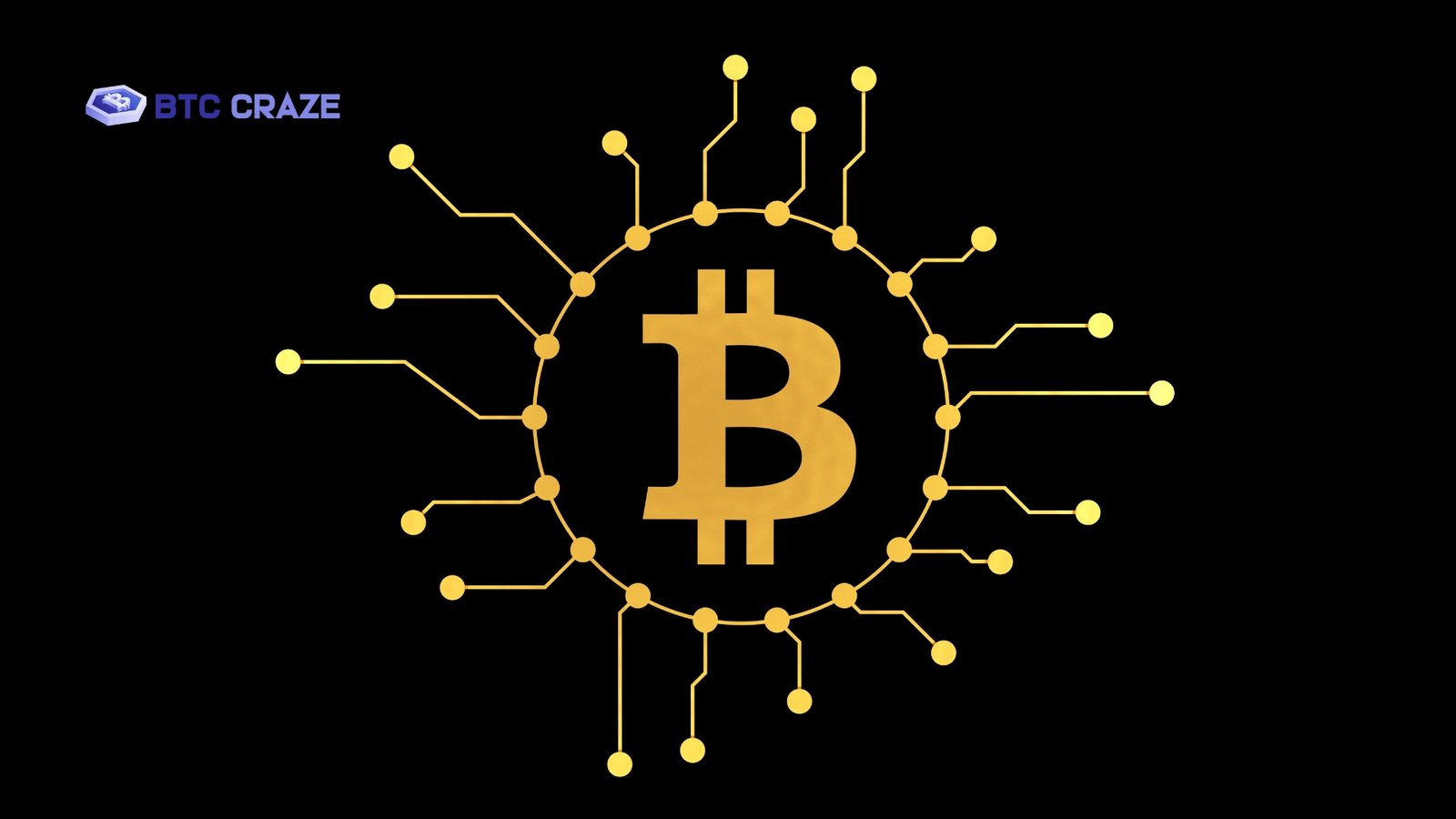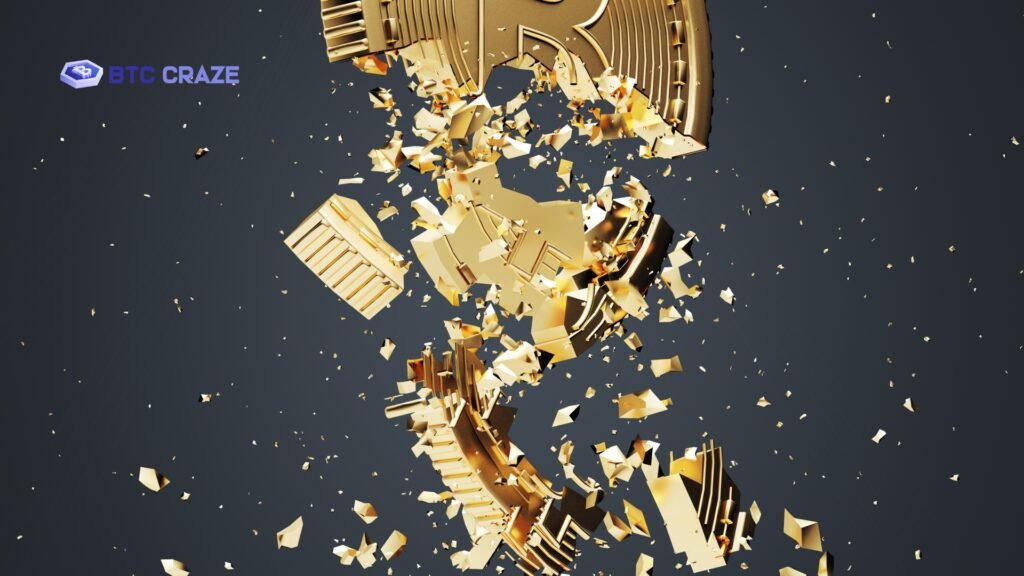Bitcoin After Halving: The halving of Bitcoin’s value is a much-anticipated event among cryptocurrency enthusiasts. Miners see a 50% reduction in payouts every four years or after 210,000 blocks have been mined. Like the limited amount of precious metals like gold, this occurrence is hardcoded into Bitcoin’s programming to limit its production. Everyone in the cryptocurrency market, including miners, feels the effects of the halving process, which has a history of triggering large price swings. What will happen to Bitcoin following the next halving, which is anticipated to take place in 2024, is a topic that many investors are asking.
What Is Bitcoin Halving?
Halving the block rewards miners receive for adding transactions to the blockchain is the method by which Bitcoin is cut in half. When Bitcoin first came out in 2009, each mined block would reward miners with 50 BTC. The reward was halved three times: once in 2012, cutting it to 25 BTC, again in 2016 to 12.5 BTC, and again in 2020, bringing it down to 6.25 BTC. The incentive will drop to 3.125 BTC during the forthcoming 2024 halving.
The idea behind halving Bitcoin’s supply is to make it more scarce gradually. With halving, the maximum quantity of Bitcoin will be issued progressively; there is a maximum of 21 million coins. Bitcoin halving produces deflationary pressure by reducing the supply of coins that can be mined, which should lead to an increase in the cryptocurrency’s value, particularly if demand grows.
Bitcoin’s Price Performance After Previous Halvings

The price of Bitcoin has always risen sharply following a halving event. A major bull run ensued after the initial halving in 2012, with the price of Bitcoin rising from $12 to more than $1,000 by the end of 2013. After its second halving in 2016, the market saw a bull run, sending Bitcoin’s price skyrocketing from $650 to a record high of about $20,000 in December 2017.
This pattern continued with the 2020 halving as well. During the event, the price of Bitcoin was around $9,000; in April of the following year, in 2020, it hit a new high of $64,000. But these demonstrations took time. After a halving, prices often settled into a consolidation phase before launching into a long bullish trend.
Given its track record, many predict that Bitcoin’s price will skyrocket after its halving in 2024. According to many experts, the deflationary mechanism will boost demand, leading Bitcoin to new all-time highs. The market has changed, and several outside forces might affect the price after the reduction.
The Impact on Mining
Miners will be the ones most impacted by the halving of Bitcoin. Their payoff for keeping the network secure is halved every time. From 6.25 BTC per block now, miners will only receive 3.125 BTC after the next halving. In particular, miners with outdated equipment or greater energy expenditures may find themselves in a precarious financial position due to this decline in earnings.
The majority of a miner’s income comes from block rewards. Some miners might decide it’s not worth it to keep mining after the halving if Bitcoin’s price doesn’t rise significantly. This may cause the network’s processing power, or hash rate, to decrease. Decreased network security and Bitcoin blockchain vulnerability could result from a reduced hash rate.
However, the hash rate typically recovers after a halving because an increase in Bitcoin’s price encourages miners to upgrade their gear and brings in new ones. How much money miners make in the long run depends on how much Bitcoin costs. Mining may continue to be profitable for those with well-oiled machines if the predicted boost in Bitcoin’s value following the halving materializes.
Supply and Demand Dynamics

Bitcoin’s price depends on demand, but the halving reduces fresh supply. If demand remains high or rises after the halving, Bitcoin’s price should rise due to less supply. However, the halving’s optimistic effect might be dampened if demand declines or stays flat.
The curiosity of governments, corporations, and institutional investors has led to Bitcoin’s meteoric popularity in recent years. A price rebound following the next halving could be supported by increased demand and, thus, widespread adoption. Another factor that could enhance demand after the halving is the growing importance of blockchain applications. Such as decentralized financing (DeFi), non-fungible tokens (NFTs), and others in the financial ecosystem.
External Factors to Consider
Although Bitcoin price gains have been driven by halves in the past, several external factors could influence the price of Bitcoin after the upcoming halving. The macroeconomic climate is a major factor. The value of Bitcoin, which is seen as both a store of value and a protection against inflation, can rise or fall depending on factors such as interest rates, regulatory changes, and the state of the global economy.
Regulation changes, especially in major regions like Europe and the US, might significantly affect the price of Bitcoin After Halving its halving. Because of worries about consumer protection, money laundering, and the environmental impact of Bitcoin mining, governments and authorities worldwide are paying much attention to the cryptocurrency market. Following the halving, the demand for Bitcoin could be increased or decreased depending on any significant regulation changes.
The level of competition of other cryptocurrencies is another consideration. Apps like Finance (DeFi), NFTs, and smart contracts make Ethereum and Solana popular. Bitcoin, however, is still the most valuable cryptocurrency by market capitalization. To a lesser extent than expected, these rivals may entice investors away from Bitcoin, dampening its post-halving surge.
Summary
In the past, half of the Bitcoin After Halving supply has caused prices to rise and the supply to fall. Many investors hope the 2024 halving will trigger another big bull run as the date draws near. Decreasing mining rewards and supply might lead to deflationary pressure, which, assuming high demand, might push Bitcoin’s value higher.
However, how Bitcoin does after the halving depends on several things. The price of Bitcoin will depend on mining profitability, regulation changes, the global economy, and rival cryptocurrencies. Although halving has a track record of price gains, investors should consider numerous elements. The crypto market’s volatility when estimating Bitcoin’s future performance.

